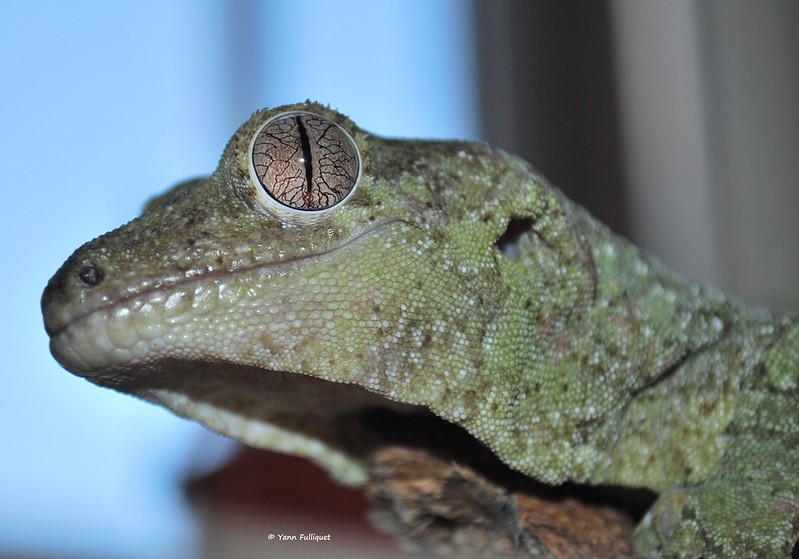Yann
New member
Hello!!
I have home on loan since this week-end a pair of what I believe to be Mniarogekko jalu
It was possible to track down to the original wild caught individuals, which were captured in the northwest part of Mainland New Caledonia.
This pair is around 7 years old
The male seems to show 2-3 femorales pores rows which would fit jalu, which is also the case for the geographic origine
On pictures you can rather see the differences with the chahouas found in the hobby, I hope to have success with them as I have with chahouas
Here is the female, huge animal but very calme





Here is the male
Slightly smaller than the female, a lot more shy and nervous




Cheers
Yann
I have home on loan since this week-end a pair of what I believe to be Mniarogekko jalu
It was possible to track down to the original wild caught individuals, which were captured in the northwest part of Mainland New Caledonia.
This pair is around 7 years old
The male seems to show 2-3 femorales pores rows which would fit jalu, which is also the case for the geographic origine
On pictures you can rather see the differences with the chahouas found in the hobby, I hope to have success with them as I have with chahouas
Here is the female, huge animal but very calme





Here is the male
Slightly smaller than the female, a lot more shy and nervous




Cheers
Yann
Last edited:






